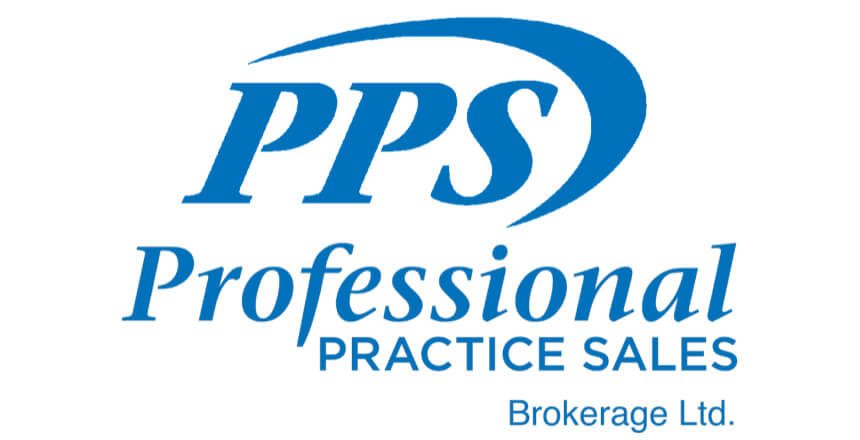
The basic philosophy when purchasing a practice is that the practice should pay for itself within six to ten years. You should not have to use your personal dental earnings to finance it. Let’s take a look at how this works for the thriving practice you are looking at purchasing.
First, compute the Net Income before taxes from Ownership (see below) after all expenses. This includes paying yourself and your associates at a rate of 40% ($125,000) for treating your personal patients.
| Net Income after expenses | $228,844. |
| Payments to doctors @ 40% | 125,000. |
| Net Income before taxes, from Ownership | 103,844. |
| Taxes on the $103,844 | 36,000. |
| Net Income after taxes from Ownership | $67,844. |
Next compute the taxes on this ($103,844) income. To calculate the Taxes one can interpolate the following table to get close.
| Net Income before Taxes | Average tax rate |
| $25,000 | 25% |
| $75,000 | 30% |
| $100,000 | 33% |
| $150,000 | 33% |
| $225,000 | 41% |
| $300,000 | 41% |
After deducting the taxes, there is $67,844 remaining to pay off the bank loan. If the interest rate is 5% and you wish to have the loan paid off in 7 years then, from the table below the factor is 16.961%. By dividing $67,844 by .16961 equals $400,000 which could well be the cost of the practice.
Interest Rate Loan paid off in years
| Interest Rate | Loan paid off in years | |||
| 6 years | 7 years | 8 years | 10 years | |
| 5% | 19.32% | 16.961% | 15.192% | 12.728% |
| 6% | 19.887% | 17.530% | 15.770% | 13.322% |
| 7% | 20.459% | 18.111% | 16.360% | 13.933% |
In the opposite direction, when you borrow $400,000 at five per cent to purchase your practice in seven years then the Net Income after Tax from Ownership should be 16.961% of $400,000 or $67,844 per annum
Your accountant may fine tune these calculations to reflect that:
- You will produce more or less billings than the vendor
- The interest portion can be calculated as a pre-tax expense
- Your expenses may be more or less than the vendor
If the practice Net Income after Tax from Ownership is only 10% of the selling price then the formula would calculate – given the same income and expenses – a payout of over 15 years. That is a long time. The practice may be overvalued.
Remember, if the practice is underachieving, then one must make allowances for additional billing. Your accountant would be able to calculate a pro-forma for future production that could be greater than currently being experienced by the vendor. This additional billing should give rise to additional Net Income after Taxes from Ownership that would cause the value to increase making the practice worth more due to the reduced risk of purchasing.
New practices with new equipment and prime location fall outside the above calculations due to the durability of the new assets. Little new equipment would have to be purchased while you were paying off the loan to purchase the practice.
Similarly, older practices with poor equipment and leaseholds fall outside because there in more money to put into the practice the replace the older equipment and leaseholds while you are trying to pay off the practice purchase loan. By older I do not mean ten or twelve years old, I mean twenty five or thirty five year old equipment.
